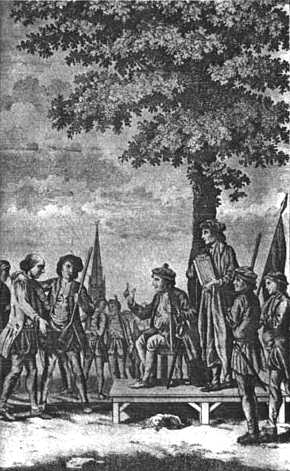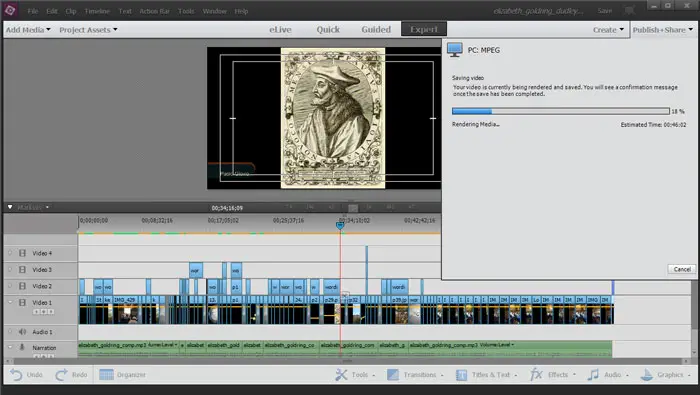 Between 8 and 9pm on 6th July 1553 King Edward VI lay dying at Greenwich Palace. He prayed:
Between 8 and 9pm on 6th July 1553 King Edward VI lay dying at Greenwich Palace. He prayed:
“Lord God, deliver me out of this miserable and wretched life, and take me among thy chosen: howbeit not my will, but thy will be done. Lord I commit my spirit to thee. O Lord! Thou knowest how happy it were for me to be with thee: yet, for thy chosen’s sake, send me life and health, that I may truly serve thee. O my Lord God, bless thy people, and save thine inheritance! O Lord God save thy chosen people of England! O my Lord God. defend this realm from papistry, and maintain thy true religion; that I and my people may praise thy holy name, for thy Son Jesus Christ’s sake!”
Then, Sir Henry Sidney, one of the Chief Gentlemen of his Privy Chamber, took the dying King in his arms and Edward said “I am faint; Lord have mercy upon me, and take my spirit”, as indeed, his spirit was taken by his Father in Heaven.
Edward VI’s death was not a shock to those around him; he had been ill for some time. It had started with a cough in early January 1553, and when his half-sister, Mary, visited him on the 10th February, she found him bedridden. Although he had rallied at various points, by the 20th May, the Imperial Ambassador, Jehan Scheyfve, described Edward’s condition as “desperate”, and on the 30th May he wrote:
“The King of England is wasting away daily, and there is no sign or likelihood of any improvement. Some are of opinion that he may last two months more, but he cannot possibly live beyond that time. He cannot rest except by means of medicines and external applications; and his body has begun to swell, especially his head and feet. His hair is to be shaved off and plasters are going to be put on his head. The illness is judged to be the same as that which killed the late Earl of Richmond.”
It was while he was confined and wasting away that Edward VI wrote his “Devise for the Succession”, his plan to disinherit his illegitimate half-sisters and “to create a new dynasty, one founded upon the true faith”. The original draft stipulated that the Crown would descend through the male heirs of Frances, Duchess of Suffolk, and the male heirs of her children, if Edward died childless. The problem was that there were no male heirs yet, so when Edward made a turn for the worse, he decided to change the Device to read: “To the Lady Fraunceses heirs males, if she have any such issue before my death to the Lady Jane and her heirs males.” Edward had decided on Lady Jane Grey as his heir if she or her mother did not produce a male heir in time.
On 11th June, Scheyfve reported that “The King’s indisposition is becoming graver and graver”, and on 12th June the judges of the King’s Bench were shown the King’s Devise and ordered to turn it into a legal will. The judges refused, as they were worried that overturning the succession would be considered treason, but Edward explained the reasons behind his decision:
“For indeed my sister Mary was the daughter of the king by Katherine the Spaniard, who before she was married to my worthy father had been espoused to Arthur, my father’s elder brother, and was therefore for this reason alone divorced by my father. But it was the fate of Elizabeth, my other sister, to have Anne Boleyn for a mother; this woman was indeed not only cast off by my father because she was more inclined to couple with a number of courtiers rather than reverencing her husband, so mighty a king, but also paid the penalty with her head – a greater proof of her guilt. Thus in our judgement they will be undeservedly considered as being numbered among the heirs of the king our beloved father.”
He then demanded that the judges should accept his wishes and legalise his “Devise”, and the judges were told that to refuse the King’s command would be seen as treason. Edward got his wish, and the letters patent were drawn up there and then.
Edward was well enough to receive visitors and to continue with his studies with Sir John Cheke in early June, but Scheyfve reported to the Emperor on 15th June, that Edward was attacked by a violent hot fever on 11th June and by an even more violent one on the 14th, continuing:
“Since the 11th, he has been unable to keep anything in his stomach, so he lives entirely on restoratives and obtains hardly any repose. His legs are swelling, and he has to lie flat on his back, whereas he was up a good deal of the time (i.e. before the violent attack of the 11th). They say it is hardly to be believed how much the King has changed since the 11th.”
On 19th June, Scheyfve reported to the Emperor:
“The King of England has sunk so rapidly since my last letter of the 15th, that the physicians no longer dare to answer for it that he will last one day more. His state is such that the King himself has given up hope, and says he feels so weak that he can resist no longer, and that he is done for (qu’il est faict de luy).”
And then on the 24th, he wrote of how the King was so ill “that he cannot last three days”, and that a prayer had been printed and posted up in London. On 27th June Scheyfve reported that the King had been so ill on the 25th that it was thought that he was going to die, but that there had been a change, “and no one knows what the hour may bring forth.” On the 4th July, Scheyfve wrote of how Edward had appeared at a window at Greenwich some days before to prove to everyone that he was still alive, but that he was “so thin and wasted that all men said he was doomed” and that as Sheyfve was writing the King was seriously ill and could not last long. Scheyfve was right, the next document in the “Calendar of State Papers, Spain”, is a letter from Scheyfve and the other three ambassadors to the Emperor reporting on the King’s death between 8 and 9 o’clock on the evening of 6th July.
King Edward VI was no more, and Lady Jane Grey was now queen, although it was to be a rather short-lived reign.
(Taken from On This Day in Tudor History by Claire Ridgway.)
Notes and Sources
- Edward VI: The Lost King of England, p. 248-251,257-258.
- Calendar of State Papers, Spain, Volume 11:1553, March to July.



Leave a Reply